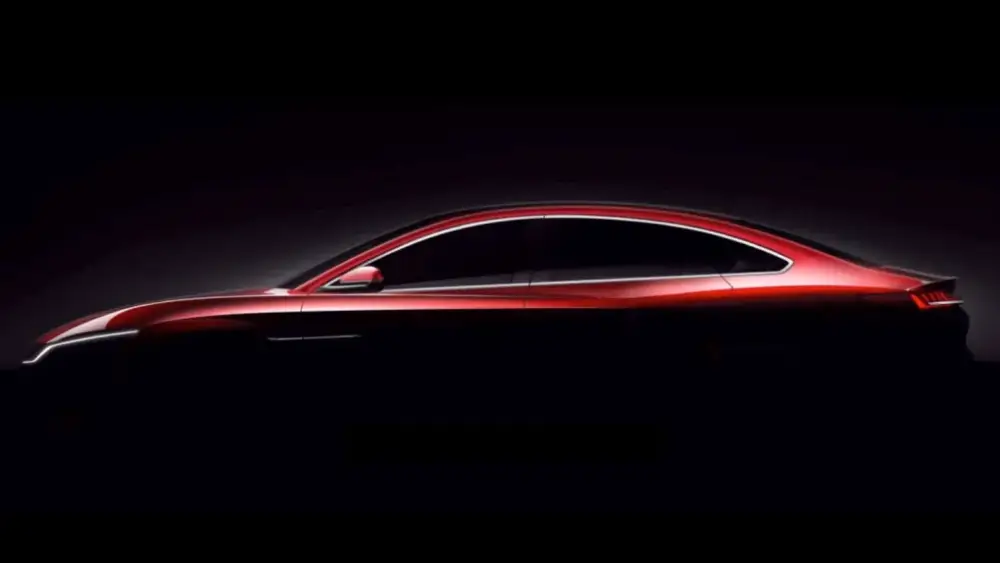
AI giúp phát hiện hợp kim nam châm mới không cần đất hiếm chỉ trong 3 tháng – nhanh hơn 200 lần so với con người
-
Các nhà nghiên cứu tại Materials Nexus đã sử dụng AI để phát triển MagNex, một hợp kim nam châm mới không chứa đất hiếm, giải quyết bài toán phụ thuộc vào nguồn cung từ Trung Quốc.
-
Trung Quốc hiện nắm giữ 70% hoạt động khai thác và 90% công suất chế biến đất hiếm toàn cầu, đặc biệt là neodymium và dysprosium – yếu tố sống còn trong xe điện, thiết bị gia dụng, điện thoại và công nghệ quốc phòng.
-
Quá trình phát triển MagNex chỉ mất 3 tháng – nhanh hơn 200 lần so với phương pháp nghiên cứu truyền thống trong lĩnh vực vật liệu từ tính.
-
Chi phí sản xuất MagNex chỉ bằng 20% so với nam châm đất hiếm hiện tại, và giảm 70% lượng khí thải CO₂ trong quá trình sản xuất.
-
Hệ thống AI của Materials Nexus đã sàng lọc hơn 100 triệu hợp kim không chứa đất hiếm, đánh giá các yếu tố như hiệu suất, chi phí, an toàn chuỗi cung ứng và tác động môi trường.
-
Hợp tác với Viện Henry Royce thuộc Đại học Sheffield, MagNex đã được tổng hợp và kiểm nghiệm thành công trong phòng thí nghiệm.
-
Công thức chính xác của MagNex chưa được công bố vì lý do bảo mật thương mại.
-
Hiện chưa rõ doanh nghiệp nào sẽ ứng dụng MagNex trong sản xuất thực tế, nhưng dự kiến ngành xe điện sẽ hưởng lợi nhiều nhất, nếu vật liệu được thương mại hóa thành công.
-
CEO Jonathan Bean tuyên bố AI không chỉ thay đổi lĩnh vực nam châm mà còn mở ra khả năng thiết kế vật liệu mới cho bán dẫn, chất xúc tác và lớp phủ công nghiệp.
-
Trường hợp MagNex là ví dụ điển hình cho tiềm năng của AI tạo sinh trong đổi mới khoa học – tương tự như cách AI đang được sử dụng để phát triển thuốc điều trị bệnh mù.
📌 AI đã giúp phát hiện MagNex – nam châm không đất hiếm – chỉ trong 3 tháng, tiết kiệm 80% chi phí và giảm 70% khí thải so với nam châm truyền thống. Trung Quốc hiện kiểm soát 90% chế biến đất hiếm toàn cầu, nên phát minh này giúp giảm phụ thuộc đáng kể. Dù chưa thương mại hóa, MagNex cho thấy tiềm năng to lớn của AI trong cách mạng vật liệu công nghiệp.
https://bgr.com/science/ai-developed-a-new-rare-earth-free-magnet-200-times-faster-than-humans/
AI developed a new rare-earth-free magnet 200 times faster than humans
By Chris Smith
Published Jul 7th, 2025 3:50PM EDT
If you buy through a BGR link, we may earn an affiliate commission, helping support our expert product labs.
If you want to buy an electric vehicle or another device with an electric motor, chances are that motor will contain a magnet made with rare-earth minerals. These are compounds like neodymium and dysprosium that are difficult to find and expensive to mine and refine.
Rare-earth minerals are a potential bottleneck for EV manufacturers and other companies, and it’s not just the costs involved with obtaining them. China controls the lion’s share of the world’s rare earths, with 70% of mining operations and 90% of processing. That can be a problem in a world where economic warfare is the new norm.
There is an alternative to China’s monopoly: New alloys for strong magnets that can be created using other compounds instead of rare earths. That’s the theory, at least. In practice, finding the right recipe for rare-earth-free magnets can be a lengthy and challenging ordeal. It involves a trial-and-error process in which scientists try to combine all sorts of minerals and materials to create magnets. And there’s no guarantee of success.
However, add AI and you might end up with an expedited process that yields results. That’s what researchers from Materials Nexus did. They used AI to find the recipe for a magnet that doesn’t use any rare earths and came up with MagNex.
The process was 200 times faster than traditional research avenues in this field. More impressive is that MagNex, the alloy they discovered, can be processed at 20% of the cost of rare-earth magnets. Even better, manufacturing drops carbon emissions by 70% compared to rare-earth magnets.
The finding is not surprising when you stop to consider that medical professionals are using AI to repurpose existing drugs for other conditions or to find therapies for issues that are more difficult to treat. For example, researchers recently used AI to come up with a drug to treat a specific type of blindness.
The AI system looked at the problem, then quickly came up with ideas to treat it, and proposed molecules that might work. It eventually settled on a drug that’s used to treat other eye conditions.
The same principle can apply to anything. An AI trained in a specific field can understand the problem you’re trying to fix and potentially speed up some of the research process. The Materials Nexus scientists used their AI platform to analyze more than 100 million rare-earth-free material alloys to find MagNex.
The AI looked at various factors for creating this type of magnet, including cost, supply chain security, performance, and the environment. Materials Nexus then partnered with the Henry Royce Institute at the University of Sheffield to create and test MagNex.
As New Atlas explains, the company needed only three months to discover the new material. The same process would have taken years without the use of AI.
It’s unclear what the MagNex mix is. Understandably, that recipe is proprietary. Also, it’s unclear which companies might want to use MagNex to power electric motors they need for their machines, including EVs. It wouldn’t be surprising to hear that other labs are employing similarly customized AIs to speed up the work of rare-earth-free magnet discovery.
“I am delighted to share the news of MagNex, a significant milestone in the use of AI to design materials of the future which are cheaper, higher-performing, and more sustainable than existing options,” CEO of Materials Nexus, Dr. Jonathan Bean, said in a statement.
“AI-powered materials design will impact not only magnetics but also the entire field of materials science – we have now identified a scalable method for designing new materials for all kinds of industrial needs. Our platform has already attracted widespread interest for various products with applications that include semiconductors, catalysts, and coatings. I look forward to seeing the role it will play in supporting market demand for the creation of novel materials to help address increasingly pressing supply chain and environmental issues.”
If MagNex becomes a viable alternative to rare-earth magnet use in the auto industry, we’ll hopefully see some EV makers pass some of the magnet-related savings to the consumer.
Whether or not permanent MagNex magnets are available commercially, the discovery is very exciting. Like the experiments involving AI-based drug discoveries, the use of AI to create new materials is proof that AI can be a force for good. It might help us create novel alloys that are easier to manufacture and can have immediate commercial applications.
These findings also show that AI can improve our lives beyond increasing productivity at the office or improving one’s meme-generation game. Remember that we’re still in the early days. AI can’t make discoveries on its own, as humans are still involved in the process. But we might see AI coming up with scientific breakthroughs on its own. Hopefully, those will be aligned with our interests, but we’ll cross that bridge when we get there.
Thảo luận
Follow Us
Tin phổ biến



